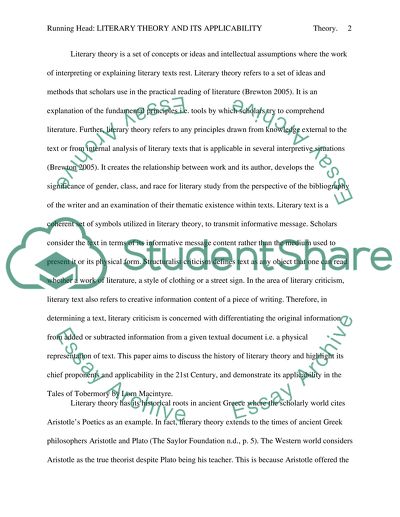Cite this document
(“Highlands and Islands literature: Literary Theory Essay”, n.d.)
Retrieved from https://studentshare.org/english/1459629-highlands-and-islands-literature-literary-theory
Retrieved from https://studentshare.org/english/1459629-highlands-and-islands-literature-literary-theory
(Highlands and Islands Literature: Literary Theory Essay)
https://studentshare.org/english/1459629-highlands-and-islands-literature-literary-theory.
https://studentshare.org/english/1459629-highlands-and-islands-literature-literary-theory.
“Highlands and Islands Literature: Literary Theory Essay”, n.d. https://studentshare.org/english/1459629-highlands-and-islands-literature-literary-theory.


